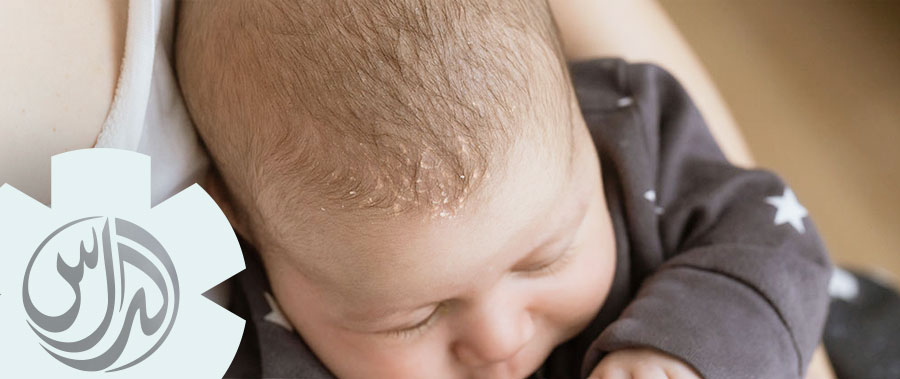
Seborrheic Dermatitis is a skin condition that affects scalp and oily or hairy regions of the body, for example back, face or upper chest by causing itchy, red rash and dandruff. This is a very common disease and even though it doesn’t impact health in general, people who suffer from seborrheic dermatitis are usually embarrassed and ashamed of the symptoms it causes.
Contrary to popular belief, this disease isn’t caused by poor personal hygiene although this stigma is usually attached to many skin diseases. Seborrheic dermatitis is also known as dandruff, seborrheic eczema or seborrheic psoriasis. This persistent disease requires long-term treatment and even when the symptoms disappear there is a possibility that they can return again. Flare-ups can be kept under control with proper treatment and care. Our experienced dermatologist can help you successfully deal with this unpleasant condition.
It has not yet been established what causes seborrheic dermatitis but there are certain factors that may contribute to development of the disease, such as:
- Malassezia, a type of fungi (yeast) that can be found on the skin
- An inflammation that occurs as a reaction to psoriasis
- Seasons, as flare-ups intensify in spring and winter
In addition to that certain groups are more prone to this skin condition and it sometimes occurs in comorbidity with other diseases such as HIV, Parkinson’s disease, depression, eating disorders, psoriasis, rosacea, acne, epilepsy or any condition that leads to a weakened immune system. Infants younger than 3 months usually have so-called cradle cap – oily, yellow scales on the scalp. This problem, sometimes accompanied by diaper rash, usually disappears without any treatment within a year. If you have excessive dandruff that doesn’t go away or red patches on certain areas of your skin, you should see your dermatologist because this condition can be successfully treated.
People usually try to treat dandruff with over-the-counter shampoos, and in certain cases they can reduce the symptoms, but if the problem persists it’s necessary to introduce proper medical treatment. Anti-inflammatory shampoos, creams and lotions such as hydrocortisone or desonide are prescription corticosteroids that are sometimes applied to the areas afflicted with dandruff or rash. This kind of treatment is efficient but corticosteroids can have side-effects when they’re used for a long period of time. Antifungal shampoo Ketoconazole is successful in treating dandruff, especially in combination with a stronger medication such as clobetasol. Antifungal medications administered orally are not recommended because of serious side effects they can have.
Medications that boost the immune system can be used to indirectly fight seborrheic dermatitis. Light therapy is another recommended treatment, as exposure to ultraviolet light combined with psoralen can be effective to severe cases of seborrheic dermatitis. Regular skin checkups are required after this treatment because UV is known to increase the risk of cancer. People with this skin condition should regularly wash the affected areas and keep them clean and hydrated, wear smooth fabrics that don’t irritate the skin, avoid products that contain alcohol, while men suffering from seborrheic dermatitis should shave their beards and mustaches off because that can ameliorate the symptoms.
Our dermatology expert is at your disposal in case you need any advice.
Book a visit 04 452 998 or by filling the online form